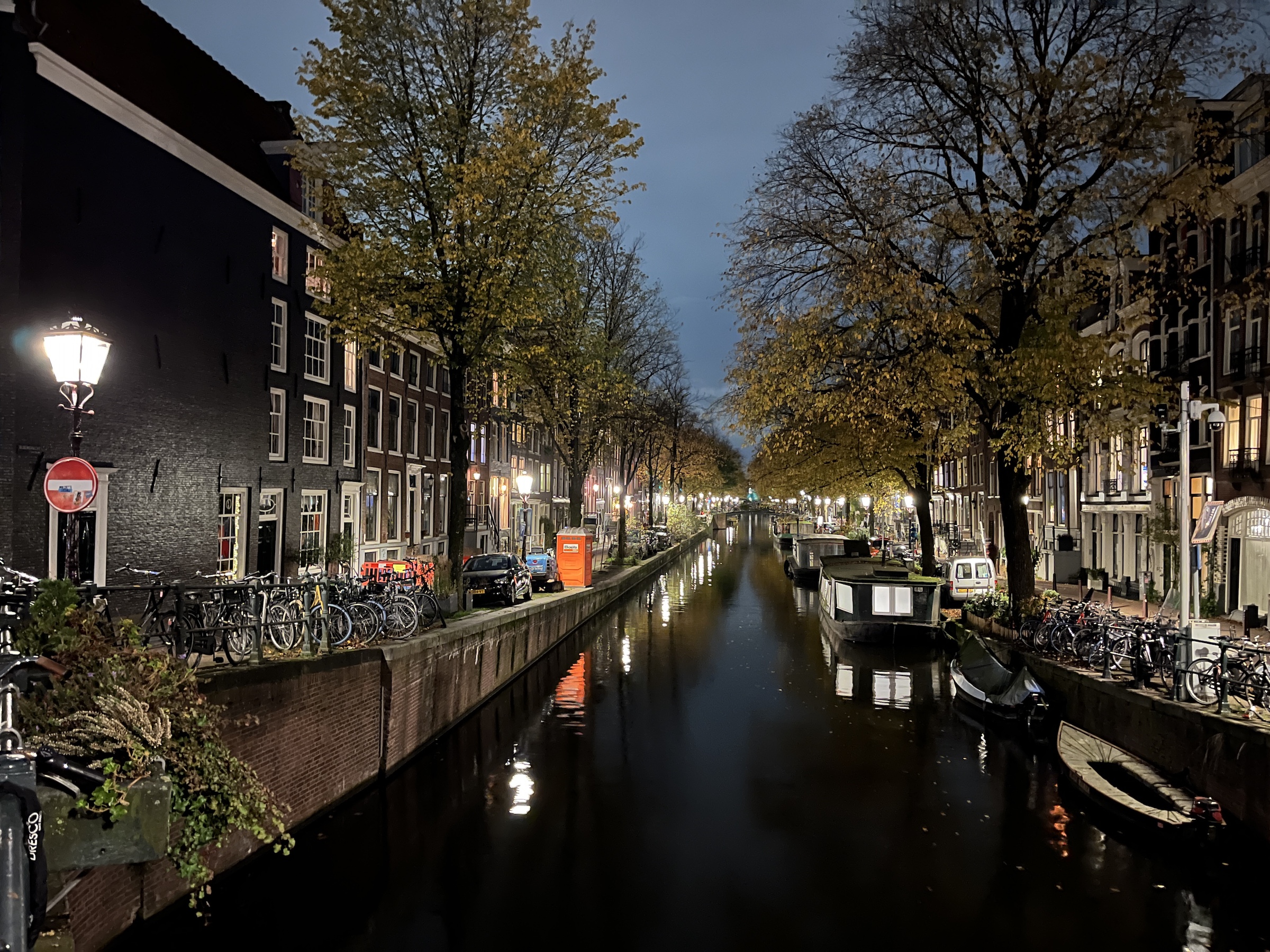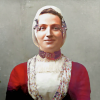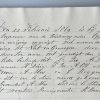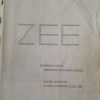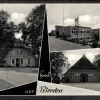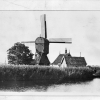Since Bruno Zee first entered the city gates of Amsterdam in early 1721, generations of his descendants have lived here. Indeed, many more Zee’s than I first thought have made this beautiful city their home over the centuries.
Bruno Zee
Ahead of his departure on the Hogenes to Batavia, Bruno and his cousin Hendrik Meijer found lodging here in January of 1721. They had made the long trek from Bollen, their home village, most likely arriving on a small boat from the other side of the Zuider Zee straight into the port of Amsterdam.
Based on records from the VOC, they appear to have stayed with a lady named Aaltje Dirks. Thousands of young men arrived each year from other parts of Europe to join the VOC as sailors. There was no guarantee of getting a spot. Standard practice was that enterprising locals would offer the prospective mariners food and board in return for the promise of a couple of months wages. These were known as “Soul Sellers”. And Aaltje was theirs.
Where she lived and where they stayed has not yet been found, but it was probably not far from the Zeedijk. Hendrik and Bruno arranged to travel on the same ship, and their departure date was set: Wednesday, February 19th – on board the Hogenes, an East Indiaman built 5 years earlier in Middelburg, and with one voyage to the east already under her belt. This arrangement was not unusual – but the bookkeeper did ask 4 guilders for a favor like this – at almost half a months wages, not a small amount. After several months of hanging around Amsterdam with little to do other than reading and playing cards, the big adventure was about to begin.
Oude Hoogstraat 24: VOC Headquarters
Bruno made several visits to the VOC headquarters. The first was to apply to join, which was often a jostle for position and a long wait. He was succesful, and given the rank of sailor, and a salary of 10 guilders per month. Hendrik, his cousin, only received a salary of 9 guilders – suggesting that Bruno already had some experience – but they were going to be on the same ship. Later, he would return to sign his Transportbrief.
The building is still here, and can be seen through the doorway on the Oude Hoogstraat. Bruno would have entered through here.
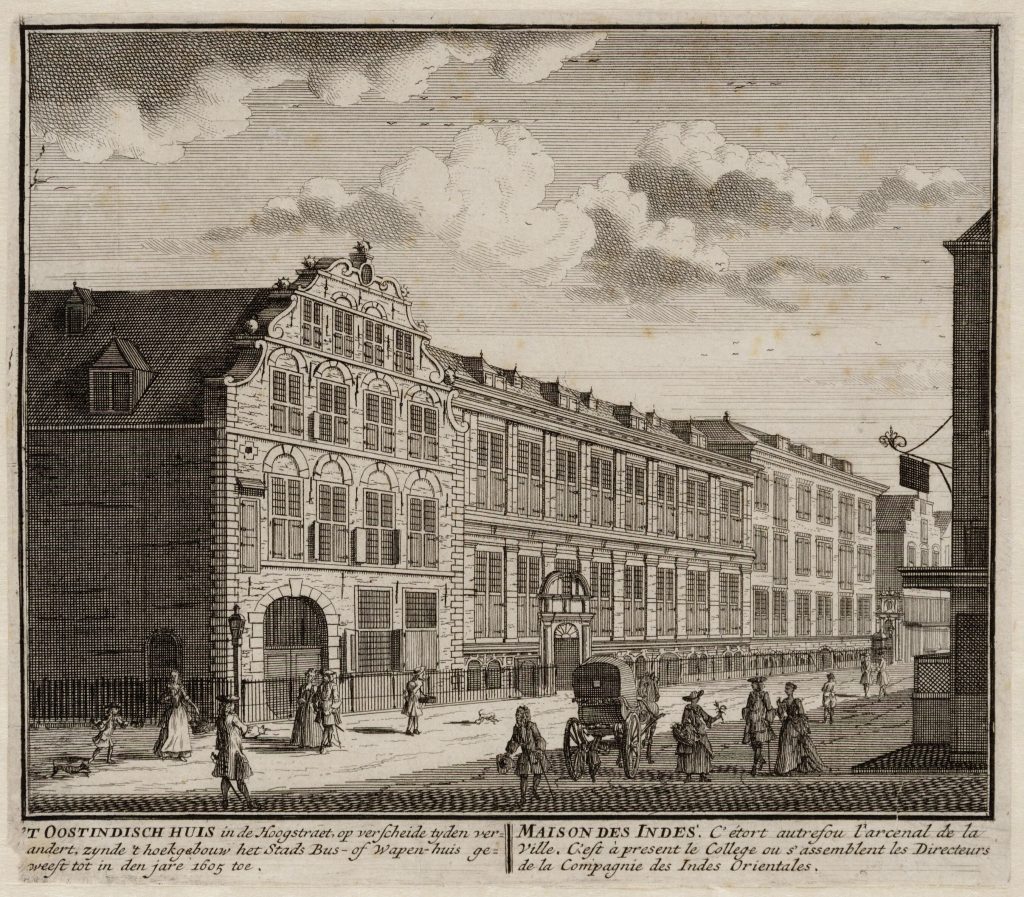
Bruno also returned here in 1725, when he returned from his epic voyage to the east, to collect his earnings, before returning home to Germany. His ship Klarabeek arrived in Amsterdam on December 29, 1724. He collected his salary of 69 guilders and 11 cents on January 11, 1725, and so stayed in Amsterdam at least for a couple of weeks on his return, perhaps again with Aaltje Dirks.
In 1747, Bruno returned to Amsterdam on board the Juffrouw Judith Jacoba, a merchant ship that had run into trouble near Medemblik. He and four others had been enlisted to help bring the ship from Medemblik to Amsterdam. They left there on February the 8th, and arrived in Amsterdam on the 11th . On Wednesday, February 23rd, he visited the Notary Mr. Mattijs Maten de Jonge with some of the ships crew to provide testimony about the incident1. Maten’s office was at Herengracht 114. The current building there is later, built after 1750.
The following Sunday, Bruno’s 9th and lastborn child Jan, was baptised at home in Medemblik.
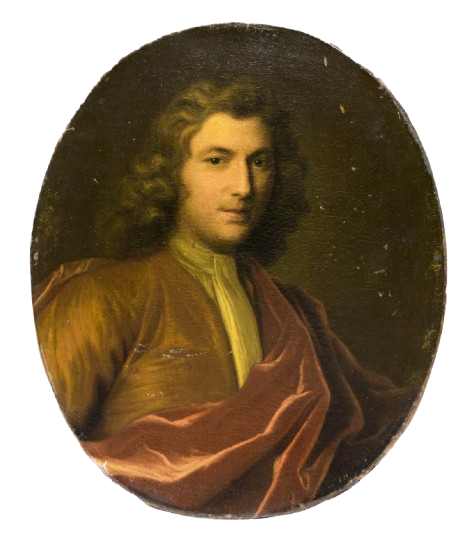
Grietje Zee
Locations: Voetboogstraat, Nieuwe Looierstraat.
Margreta (Grietje) Zee Bruno’s first-born daughter, Margreta, or Grietje in Dutch, was born in 1728 in Bremen; baptised as Margreta Seekamp. She grew up in Medemblik, and around 1750 moved to live in Amsterdam, which makes here the first Zee to live in Amsterdam (if you don’t count Bruno’s time in the city before departure on the Hogenes as ‘living’). There she met Fredrik Radius. The couple was married on March 26, 1752 in the Nieuwe Kerk in Amsterdam: Grietje was 23, Fredrik 30.
Grietje and Frederik lived in the Voetboogstraat. They were here at least from 1756-1762, and probably longer. In 1759, Grietje’s brother Bruijn Bruijnszoon Zee was a sailor and ships carpenter, on the vessel Margretha en Gijsbert Galeij, based in Amsterdam. It’s quite likely that Bruijn stayed here with Grietje and family between voyages. On one voyage, he was attacked by pirates on the way home to Holland, and we can imagine that he recounted that tale here in the Voetboogstraat sometime in October 1759.
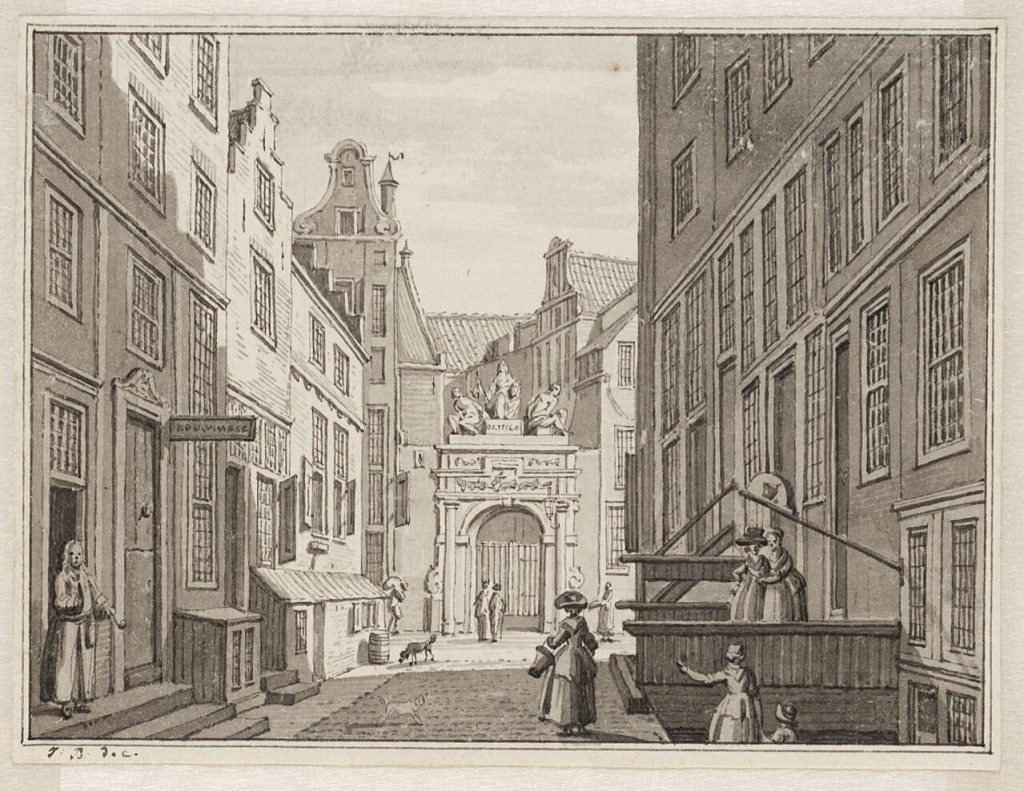
Later, Grietje Zee and Frederik Radius lived in the Nieuwe Looierstraat, in the centre of the city, for about 30 years. She was the mother of six children. The records from the 1750’s don’t tell us specifically which house she lived in, but there is no doubt that Grietje lived right amongst these buildings, many of which date from the 1600’s.
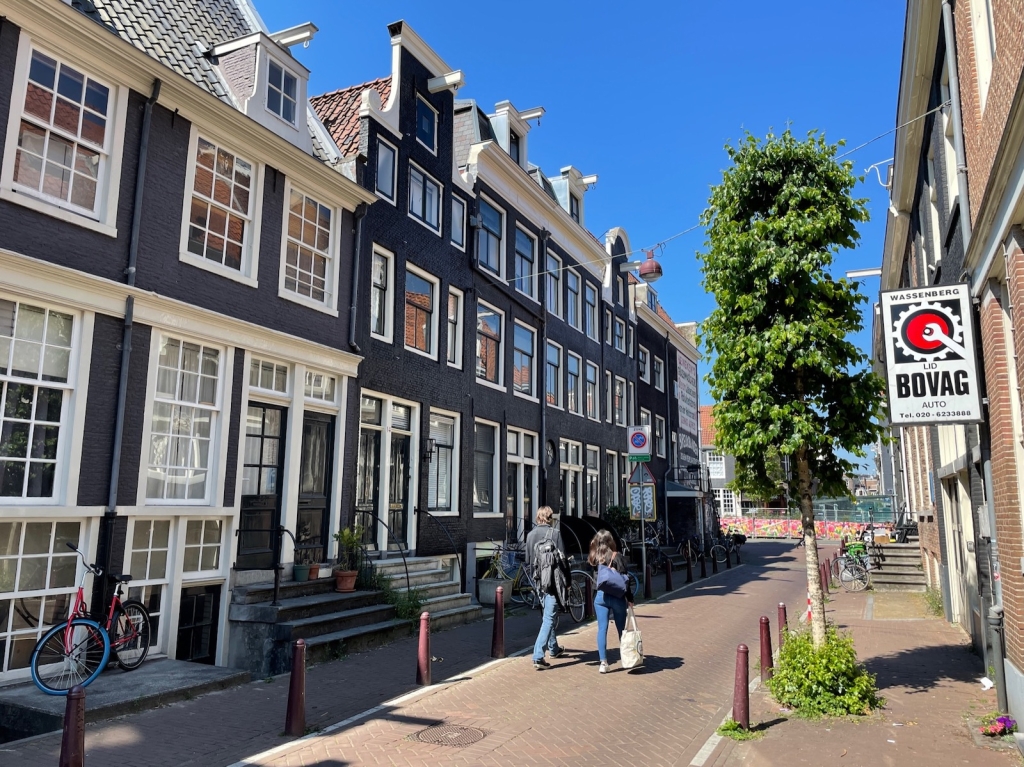
In progress, more to come ..
- Scheepsverklaring op 23 februari 1747, Stadsarchief Amsterdam te Amsterdam, Notariële archieven
Deel: 9414, Periode: 1747, Amsterdam, archief 5075, inventarisnummer 9414, 23 februari 1747, Notariële archieven, aktenummer 194999 ↩︎
Bruin Zee
Locations: Egelantierstraat
Timeline
Bruin Zee 27-Mar-1847 Bruin Zee, 30, witness to birth of son of Pieter Wolgfram. Both Bruin and Pieter listed address Elandsstraat 142 > 10-May-1847 Bruin Zee, 30, witness to birth of Cornelia Willemsen. Bruin living Elandsstraat 142 >. 07-May-1851 Bruin Zee, Suikerbakker oud 34, witness to marriage of Willem Veykes, zeeman. > 05-Oct-1853 Bruin Zee marriage to Johanna Wilhelmina Keen >. Bruin Zee geb. Hoogwoud, ex-husband of Catharina Hagen, son of Louris Zee and Etje van der Molen. Witnesses Pieter Wolfgram, Frederik Schmidt both suikerbakkers. 16-Sep-1854 Bruin Zee, Werkman, 37, wonende Laurierstraat No. 627, birth of dau. Bruinetta Johanna > 13-Nov-1857 Bruin Zee, Suikerbakker oud 39, wonende Sterfhuis, vader van overledene. In het huis staande Louriergracht No. 19(?)7, overleden Jenneke Zee, oud 6 weken, van Bruin Zee en Johanna Wilhelmina Keen. >
